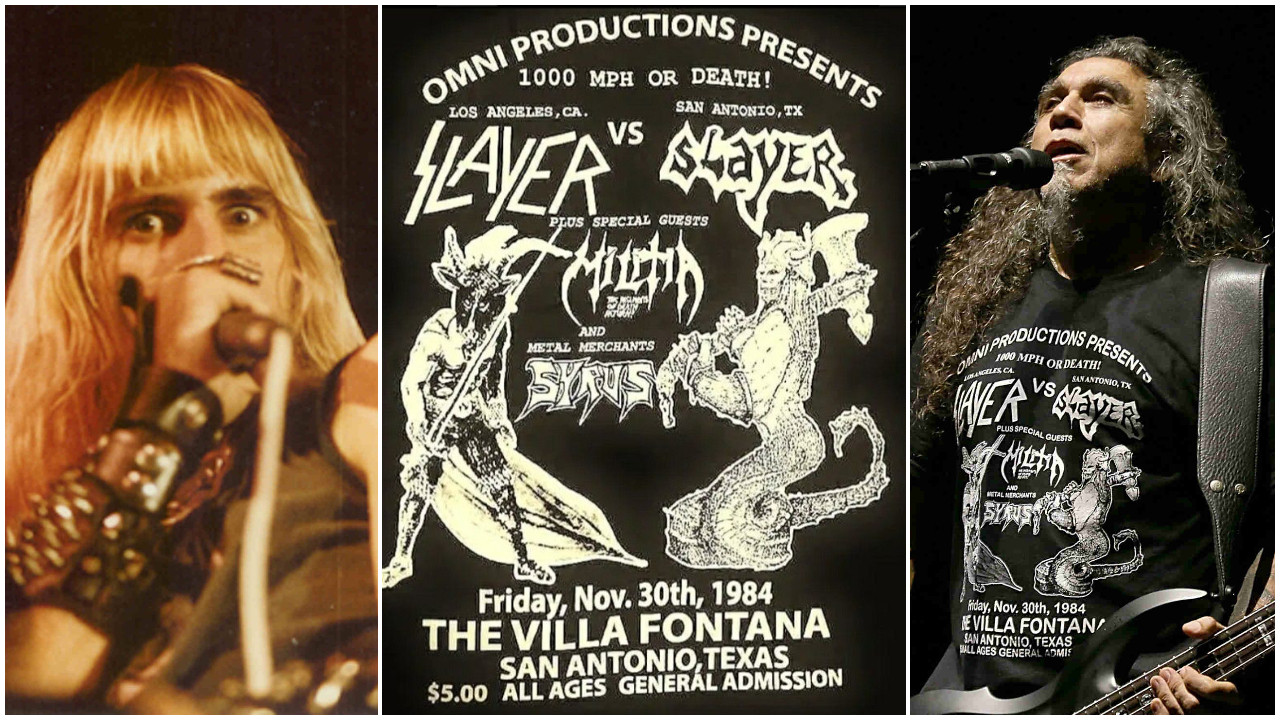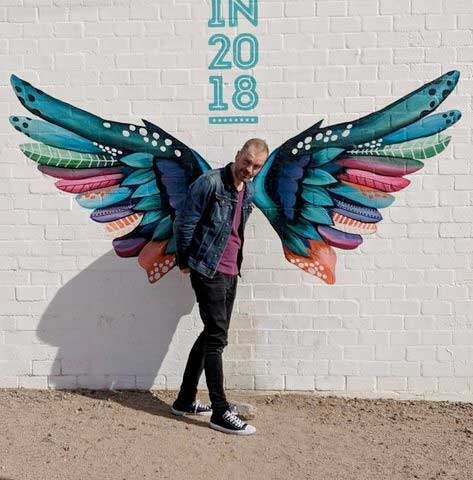On November 30, 1984, Slayer played their very first gig in San Antonio, Texas. The up-and-coming LA thrashers been booked in at the Villa Fontana, an old country music dancehall with a wooden balcony and a classic desertscape painted on the wall behind the stage. The band on before them that night were a bunch of local San Antonio kids who had carved out a name for themselves in their hometown’s vibrant metal scene. Their name? Well, that was Slayer too.
This wasn’t the first time two different bands had used the same name, and it wouldn’t be the last, but it’s the only time identically named bands have shared the same bill. These days, the night Slayer went head-to-head with Slayer at the Villa Fortuna has passed into legend as 80s metal’s ultimate Battle Of The Bands, a fight for the name – and the soul – of Slayer. After the dust settled, there was a clear winner: the LA Slayer stood victorious, ready to consign their Texan rivals to obscurity and write their own name in the history books. Except what really happened is a little more complicated.
“There were all sorts of rumours and stories - that we’d got a cease-and-desist letter, that this was a battle for the Slayer name,” Don Van Stavern, bassist with the San Antonio version of Slayer, tells Classic Rock. “None of which was true. But it was a crazy gig.”
The teenage Van Stavern formed his version of Slayer with 15-year-old drummer Dave McClain in 1981. The name was a shortened version of Dragonslayer – ironically, exactly same thing the other Slayer called themselves at first.
“We played backyard parties, community colleges, even this indoor mini-golf place,” Dave McClain tells Classic Rock. “There’s really early footage of us playing For The Future by Raven, and Angel Witch’s Dr Phibes and Angel Of Death, which is kind of ironic given Slayer had a song called Angel Of Death later.”

By early 1983, the line-up consisted of Van Stavern, McClain, guitarists Bob Catlin and Art Villareal, plus singer Steve Cooper. “He was the Rob Halford of San Antonio, because he sang super-high,” says McClain of Cooper. “He was older than the rest of us – he was 22, 23. He seemed like a grandpa to us.”
Texas was a hotbed of metal at the time. Houston had Helstar and Austin had future prog-metal trailblazers Watchtower, though Van Stavern says his band were bigger than both. They were also the first of the three to put out a record, namely 1983’s Prepare To Die EP, six tracks of unpolished but energetic early 80s power metal released via local label Rainforest Records. It was around that time that they heard about another band calling themselves Slayer, 1300 miles away in California.
Van Stavern: “We got a call: ‘Hey, do you guys know there’s another Slayer in LA, and they’re about to put out an album too?’ We were totally unfamiliar with them. At first, we thought, ‘Well, there can be two Slayers – they’re the LA Slayer, we’re the SA Slayer. Then it started getting a little weird. They called us and said, ‘Hey, we need to do something about this.’ We said, ‘We came out first.’ And they said, ‘Well, we’ve been recording for a year.’”
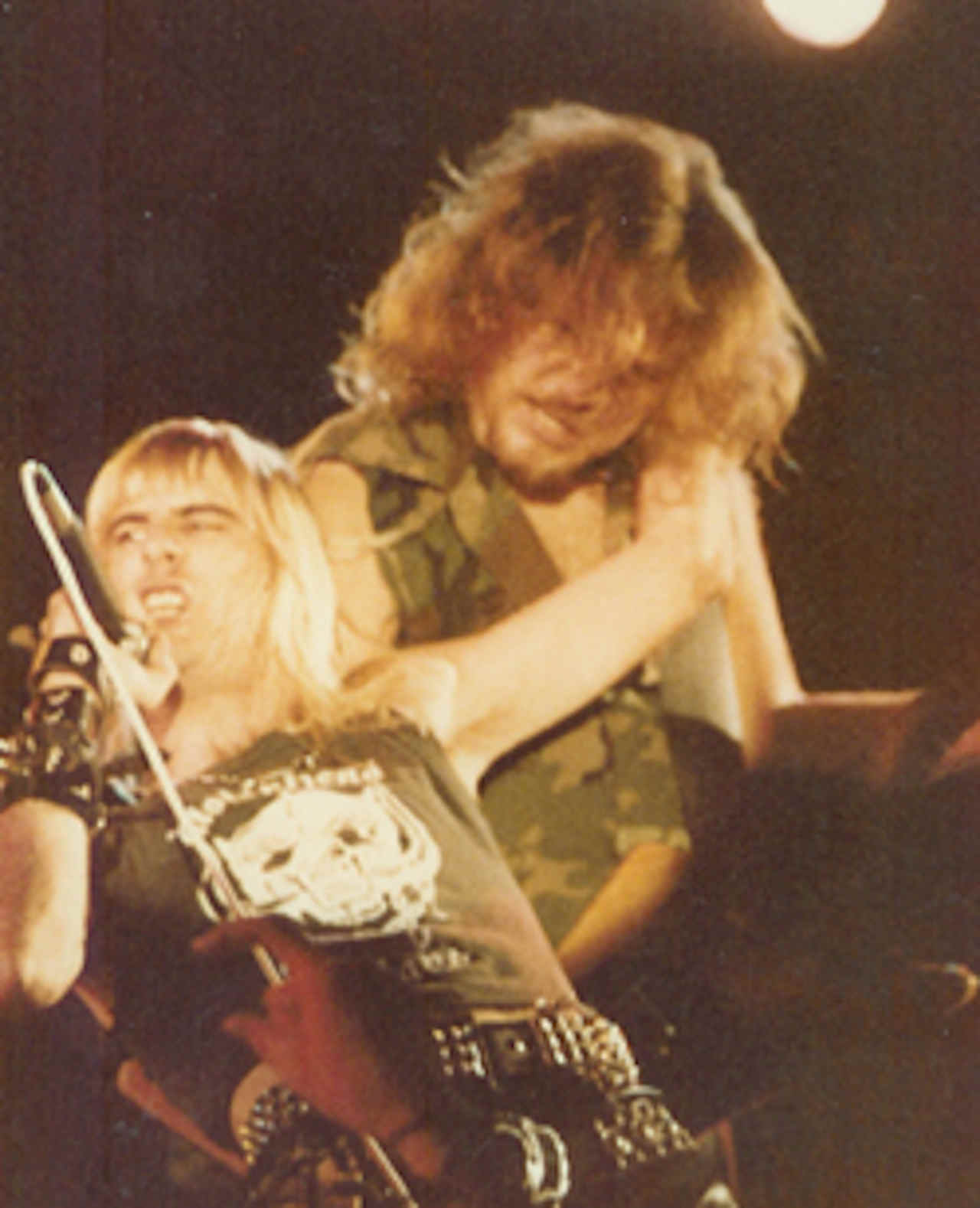
Some low-level back and forth between the bands followed, though Van Stavern denies his Slayer were ever sent a cease-and-desist letter by the other Slayer’s label, Metal Blade, telling them to stop using the name (in an email to Classic Rock, Metal Blade founder Brian Slagel confirms that no cease-and-desist letter was ever sent). Still, Prepare To Die would ultimately be overshadowed by the LA Slayer’s debut album, Show No Mercy.
“Metal Blade had better distribution, so we kind of started getting squashed,” says Van Stavern. “But we were like, ‘Well, we wanna keep going.’”
Except it didn’t quite play out like that. The Prepare To Die EP had done well enough for the San Antonio Slayer to go into the studio in early 1984 to record a full-length album, Go For The Throat (hotshot guitarist Ron Jarzombek had replaced Art Villareal the previous year).
There was just one problem. Between starting the album and finishing it, Van Stavern, McClain and Steve Cooper had begun jamming with Mark Reale, guitarist with 80s metal hotshots Riot. There was talk that the pair would join a new band Reale was putting together, named Narita.
“The other guys from Slayer were saying, ‘What’s going on? Are we gonna continue this?’” says Van Stavern. “We were, like, ‘We wanna jam with Mark, see how this goes.’ So Slayer was kind of put on hiatus.”
With the band out of action for the foreseeable future, Rainforest Records saw no point in releasing Go For The Throat and shelved it. And that was that for San Antonio’s Slayer. Or at least it was until the Fall of 1984, when a local promoter friend approached them with a proposition. He was booking a show at the the Villa Fontana theatre by the Los Angeles Slayer – and he wanted the San Antonio Slayer to get back together to play.
“He said, ‘How about Slayer with special guests Slayer?’” says Van Stavern. “We were like, ‘Wow, that would be crazy.’ We figured it was a good idea – we were all in metal together.”
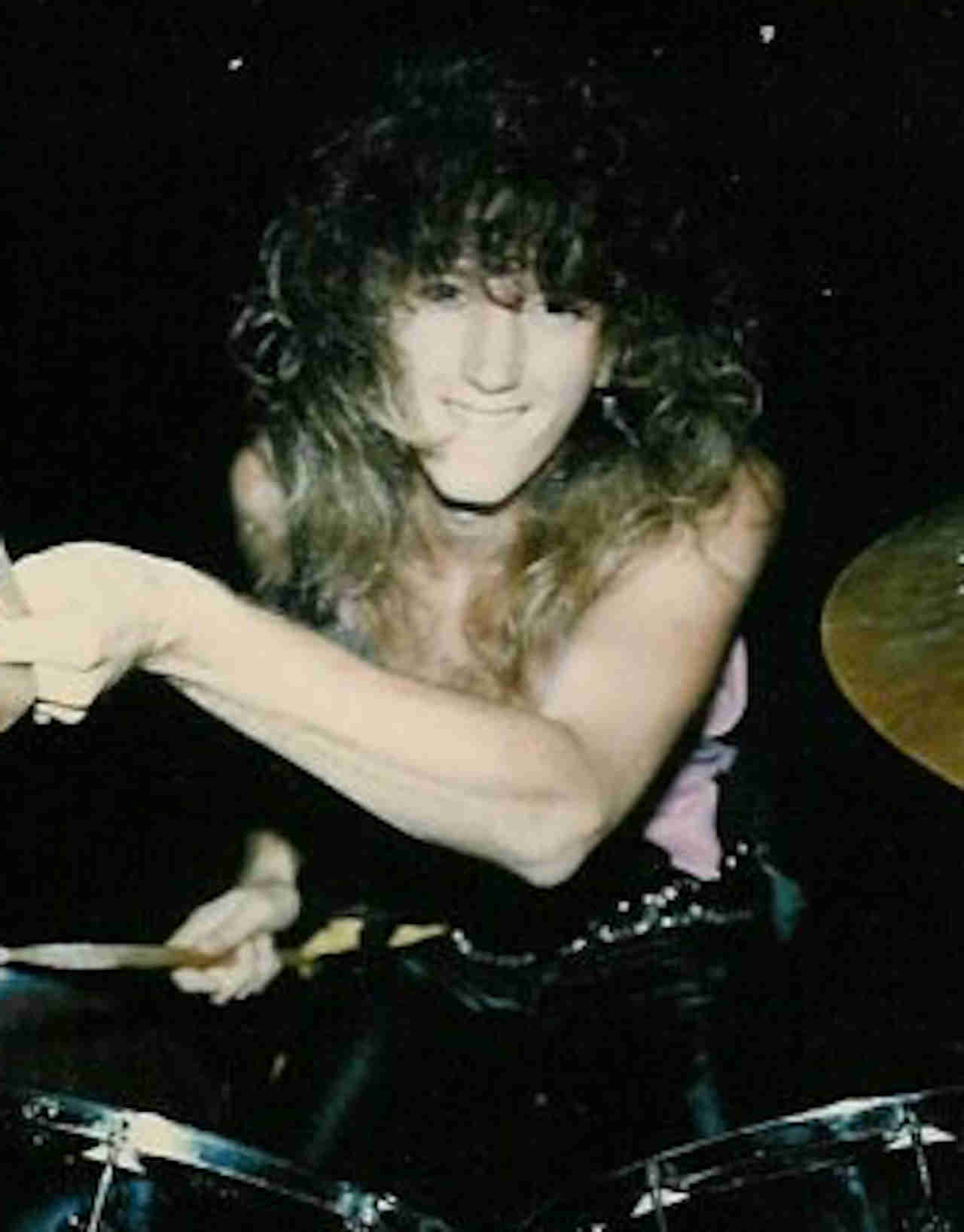
“When Show No Mercy came out, we were, like, ‘OK, cool, whatever,’” says McClain “Then when the Haunting The Chapel EP came out [in August 1984], we were, like, ‘Whoah, this is sick.’ We’d drive around in our friend’s car like Beavis & Butt-head, with the windows down, just cranking the EP.”
A friend in San Antonio made a flyer for the show. Like a home-made boxing poster, it featured the names of the two bands and their respective hometowns (“Los Angeles, CA” and “San Antonio, TX”) under the none-more-thrash slogan “1000 mph or death!”
“They played Austin the night before we were playing with them, so we went down to hang out and say hello,” says Dave McClain. “They weren’t dicks, but we went, ‘Hi, we’re in the other Slayer’, and they were, [nonchalantly], ‘Uh, OK, cool…’” (Things couldn’t have been that tense – Don Van Stavern recalls introducing the Californian band).
The day of the San Antonio show, the LA Slayer turned up at La Villa Fortuna in drummer Dave Lombardo’s Trans-Am, with their equipment in a trailer hooked to the back. “I remember them making fun of us cos we had my mom’s Cadillac with a U-Haul on it,” says McClain.
Despite the piss-taking, the local Slayer helped the out-of-towners bring their equipment into the venue. “We shared a dressing room backstage,” says Van Stavern. “We were hanging out with them. The only one that didn’t talk a lot was [guitarist] Kerry King. The rest of the guys were cool.”
The gig had sold out, partly on novelty factor but mostly on the strength of the bill. The LA Slayer had a growing underground buzz around them, while the SA Slayer were genuine hometown heroes, even if they’d been out of action for the past few months.
“It was a sold-out show, there were kids literally hanging off the balcony,” says Van Stavern. “It was a big deal.”
A couple of local bands, Syrus and Militia, opened up the show before the San Antonio Slayer came on. “We went out there and said, ‘Let’s play the heaviest show we can play, the best show we can play,’” says Van Stavern. “When you’re playing a show like that, you’re gonna give it your all. Plus we had the hometown advantage, so all our people were going nuts.”
“The show was crazy,” says McClain. “It was mayhem - there was stage diving, screaming, everything. We felt like we owned the town.”
The other Slayer were no slackers when it came to serving up a spectacle of their own. “They had a great reaction too,” says Van Stavern. “But it was a different style – power metal against thrash metal.”
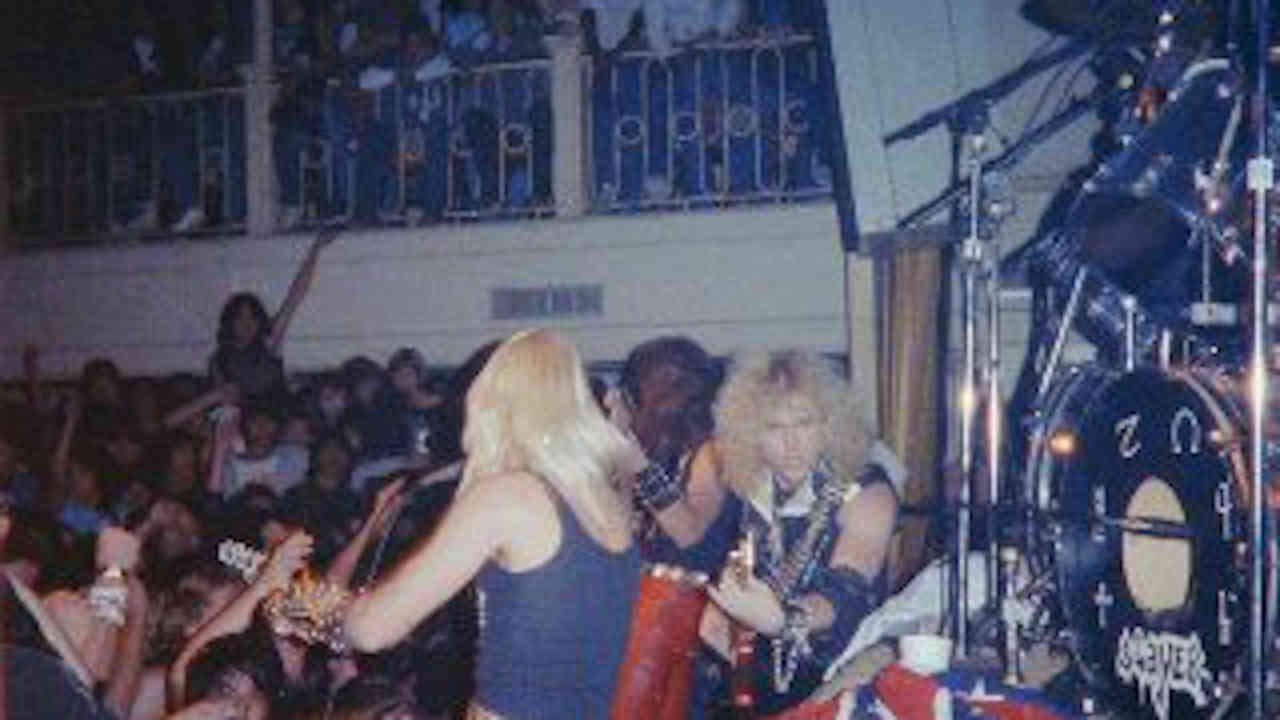
Amid the heat and flailing bodies, any potential rivalry between the namesake bands failed to materialise. “We hung out after, maybe even helped them pack up,” says McClain. “I think Lombardo may have even taken off with a couple of my cymbal stands. I’ve never asked him about it.”
And what of the whole ‘Battle Of The Bands’ angle? It wasn’t even a consideration, according to Don Van Stavern. “The whole ‘versus’ thing came out afterwards, about how it was a contest for the name. It was nothing like that. It wasn’t a battle for the name - we were already on our way out.”
That much is true. The San Antonio version of Slayer played one more show before going their separate ways. Van Stavern reconnected with Mark Reale and helped get a relaunched version of Riot off the ground; the bassist is on his third stint with the band, now rechristened Riot V, with new album Mean Streets out on February 16, 2024 (Reale died in 2012). McClain is currently on his second run with Arizona thrashers Sacred Reich, with a 23-year stretch in groove metallers Machine Head in between (he crossed paths with the other Slayer many times over the years, but says he’s never brought up the San Antonio show). Guitarist Ron Jarzombek went on to join Watchtower, while Bob Catlin stayed active in the Texas metal scene. Singer Steve Cooper passed away in 2006 at the age of 47.
Go For The Throat, the debut album they recorded and shelved in 1984, was finally released in 1988. It was credited to S.A. Slayer. “Some guy put it out independently,” says Van Stavern. “We just said, Put ‘S.A.’ in front of it so they know it’s not the other Slayer. But the original artwork just said ‘Slayer’.”
That album would become a cult favourite among underground metal afficionados. “I get people coming up to me all the time and asking me to sign it,” says McClain.
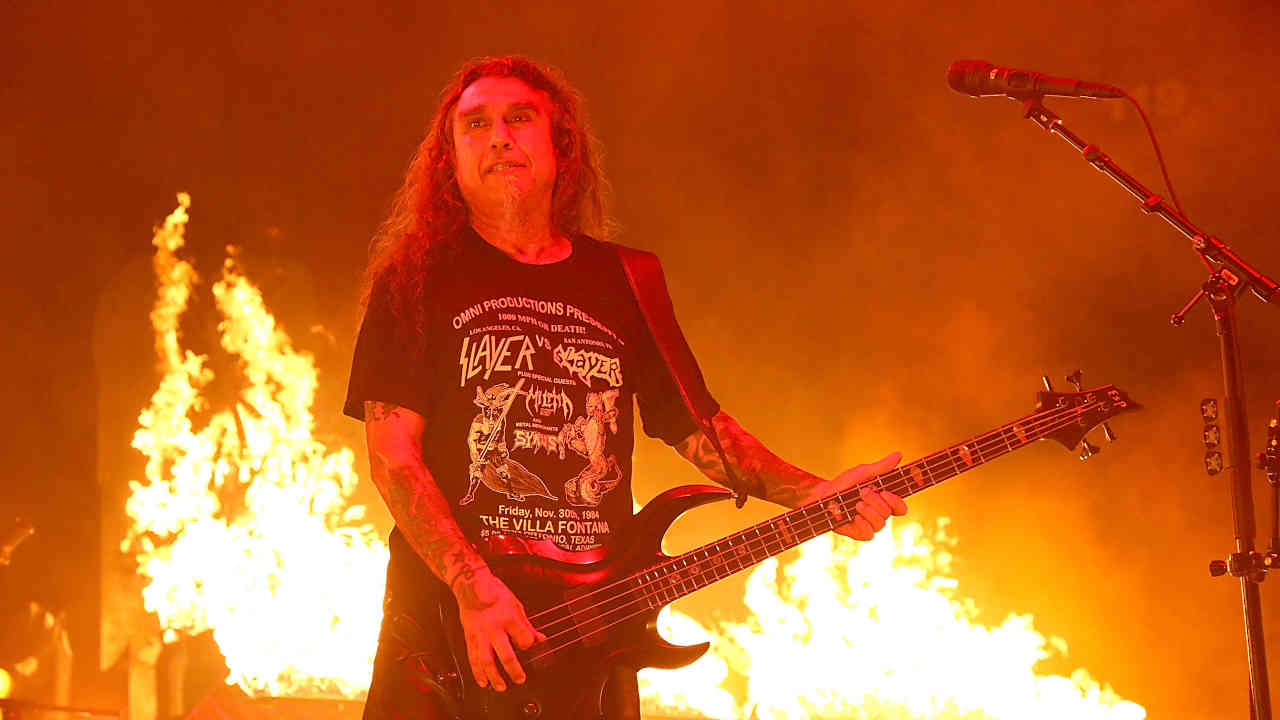
Van Stavern and McClain briefly regrouped with Catlin, Jarzombek and ex-Watchtower singer Jason McMaster in 2022 to re-record a couple of old songs, though they have yet to be released. When Classic Rock speaks to Van Stavern at the end of 2023, he says there has been interest in a potential full reunion from festivals. “It’s not out of the question to see the band reform again and go out with a bang,” says the bassist. “The way we should have gone out first time around.”
There’s one more amusing wrinkle in the story. On August 15, 2018, the LA Slayer played San Antonio as part of their farewell tour. Frontman Tom Araya took to the stage that night wearing a T-shirt featuring the original ‘Slayer vs Slayer’ flyer – a sweet nod to their shared history.
“Am I jealous of the other Slayer? That’s a no-brainer,” says Van Stavern with a laugh. “Even though I’m in Riot and the other guys have gone on to do other things, I’d love to have had their career.”
